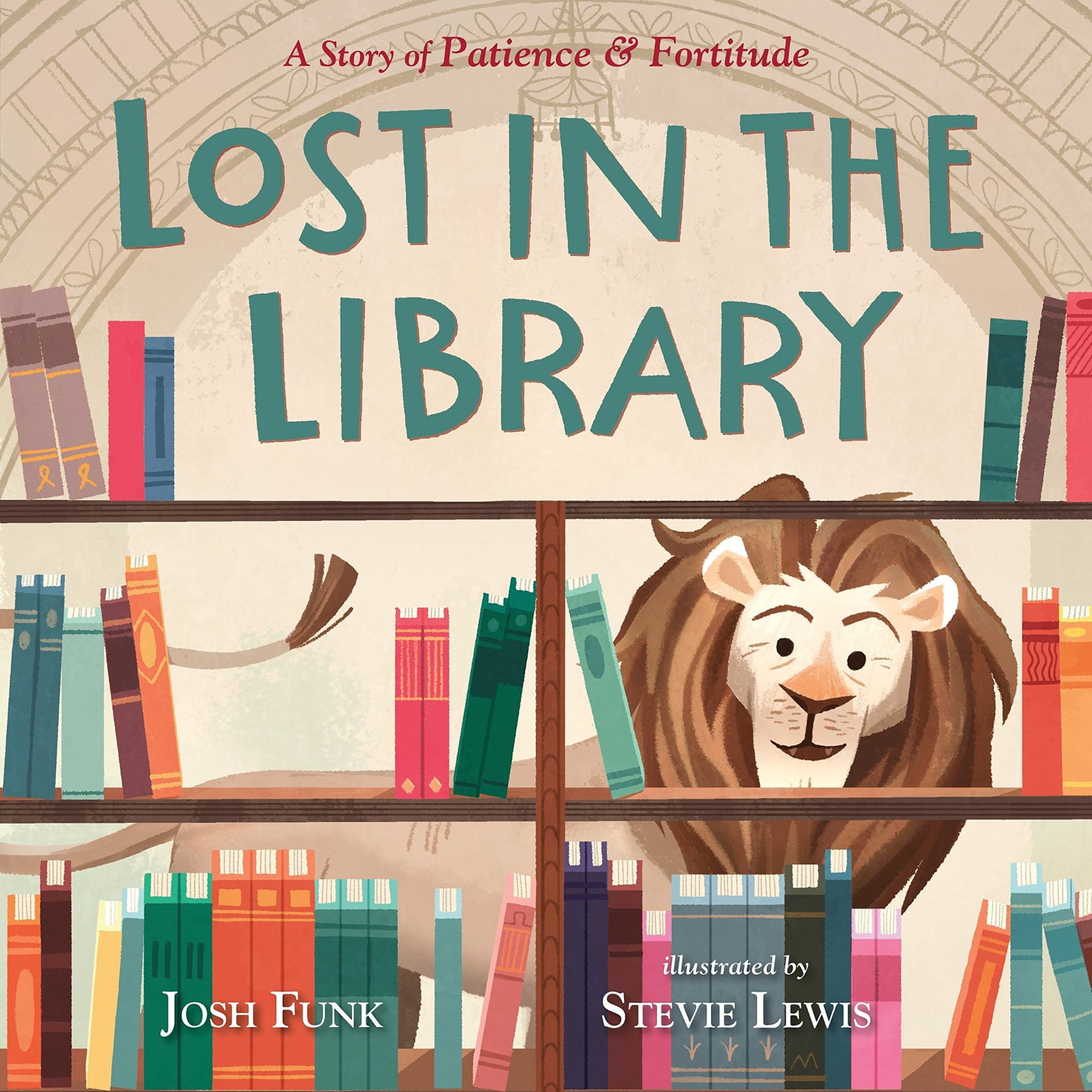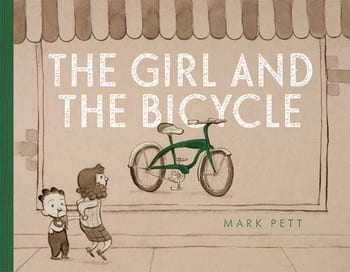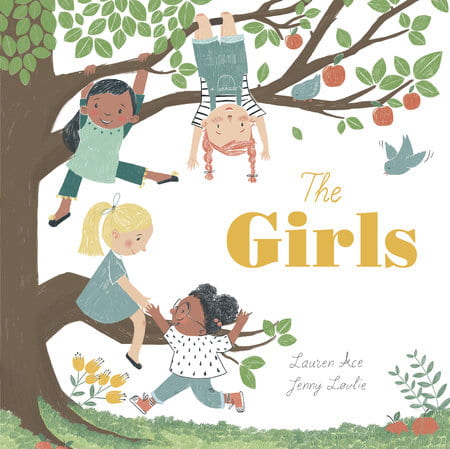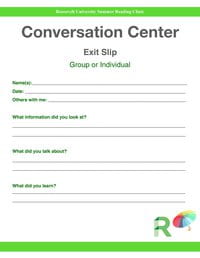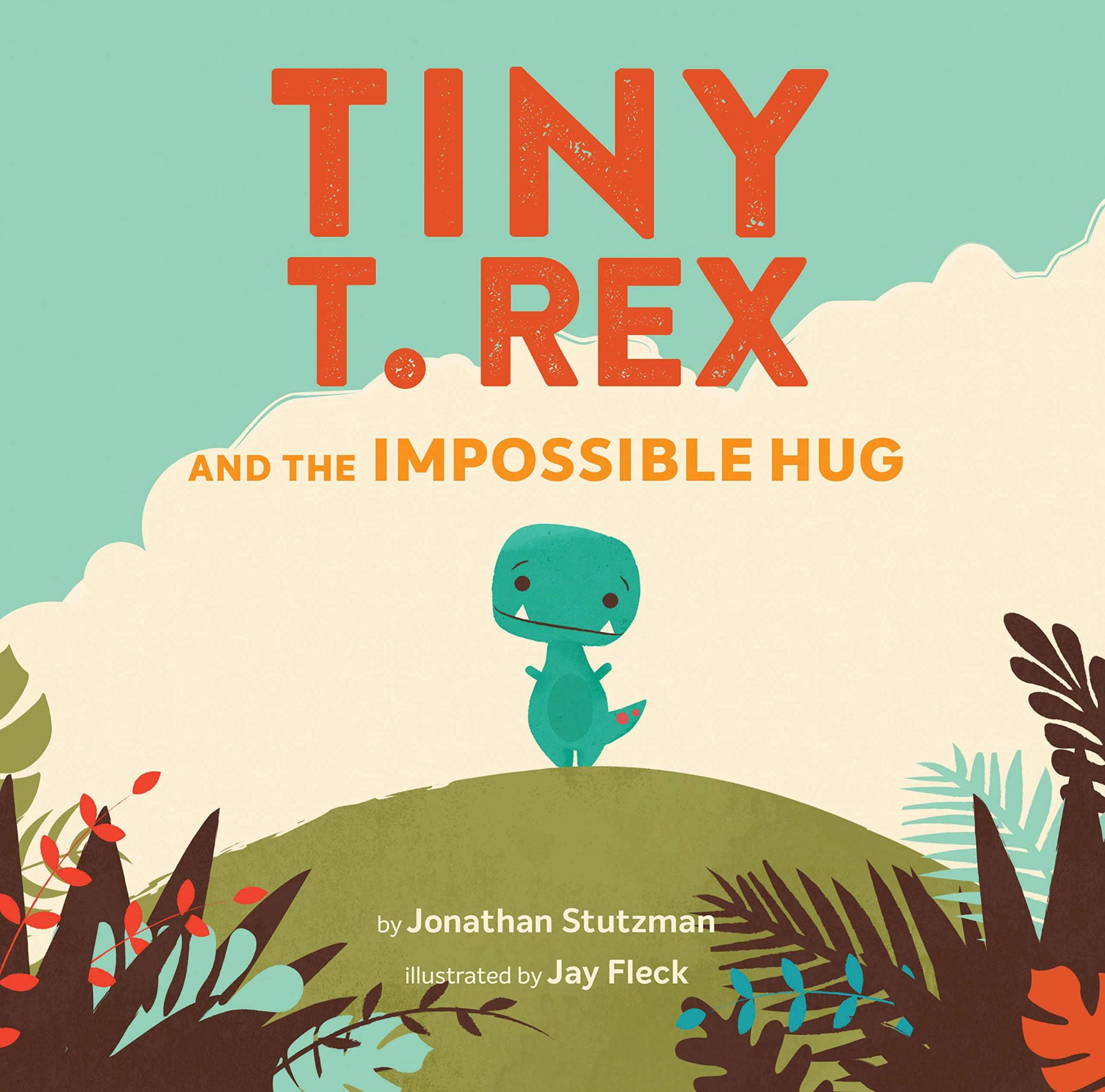 Tiny T. Rex has a HUGE problem. His friend Pointy needs cheering up and only a hug will do. But with his short stature and teeny T. Rex arms, is a hug impossible? Not if Tiny has anything to say about it! Join this plucky little dinosaur in his very first adventure, Tiny T. Rex and the Impossible Hug—a warm and funny tale that proves the best hugs come from the biggest hearts.
Tiny T. Rex has a HUGE problem. His friend Pointy needs cheering up and only a hug will do. But with his short stature and teeny T. Rex arms, is a hug impossible? Not if Tiny has anything to say about it! Join this plucky little dinosaur in his very first adventure, Tiny T. Rex and the Impossible Hug—a warm and funny tale that proves the best hugs come from the biggest hearts.
Getting to Know Our Students: The Heart of Differentiation in the Balanced Literacy Classroom
By Margaret Mary Policastro, Diane Mazeski, Noreen Wach (Roosevelt University, Chicago, Illinois), and Tom Magers (Broadmeadow Elementary School, Rantoul, Illinois)
 From the Illinois Reading Council Journal, Fall 2019
From the Illinois Reading Council Journal, Fall 2019
Recently, at our Summer Reading Clinic open house, a parent asked if we “ever had success with a student who doesn’t like to read?” As we were thinking of a response, her son, who is just going into 1st grade in the fall, was telling us how much he likes “bones and skulls.” He took out an object from his pocket and showed us a small dinosaur skeleton that he had put together. Collectively, we responded with positive thoughts about how all of these interests would be an important factor for the first day of the clinic and moving forward with him as a reader. On opening day, we had an abundance of books awaiting him about skeletons, bones, dinosaurs, and skulls. We were eager to see how he would respond. Indeed, within minutes of surrounding him with these books, he was totally engaged, curious, and captivated by the informational texts with which he was encircled. The photo in Figure 1 captures the essence of what happens when you match books to students’ interests. In this instance, the student going into 1st grade had access to books that had pictures, diagrams, and illustrations for him to comprehend. One pop-out book dis- played dinosaur skeletons. Since that first day, we noticed how his interest in these topics is both dense and deep—a knowledge base of information far greater than most of his peers.
Summer Reading Log
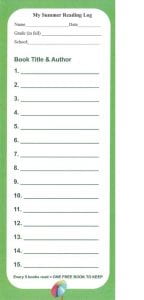 These reading logs are a great way to keep students practicing their reading skills throughout the summer!
These reading logs are a great way to keep students practicing their reading skills throughout the summer!
How to implement in the classroom:
Students need to know that reading does not stop because school is out for the summer. Give these sheets to your students before the end of the year. Tell them they will be posted when they return in the fall. Have a cornucopia of books for them to access over the summer. Make arrangements with your local library to have a stack of the logs available.
Formative Feedback: Student To Student
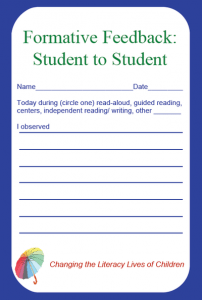 William, (2011) defines formative feedback with the following: Feedback functions formatively only if the information fed back to the learner is used by the learner in improving performance. If the information fed back to the learner is intended to be helpful but cannot be used by the learner in improving performance, it is not formative. Feedback must embody a model of progression whereby a series of activities must be designed to move the learner from current state to goal state. We need to ensure that feedback causes a cognitive rather than an emotional reaction. (It is not a compliment or a criticism). The purpose of feedback should be to increase the extent to which students are owners of their own learning.
William, (2011) defines formative feedback with the following: Feedback functions formatively only if the information fed back to the learner is used by the learner in improving performance. If the information fed back to the learner is intended to be helpful but cannot be used by the learner in improving performance, it is not formative. Feedback must embody a model of progression whereby a series of activities must be designed to move the learner from current state to goal state. We need to ensure that feedback causes a cognitive rather than an emotional reaction. (It is not a compliment or a criticism). The purpose of feedback should be to increase the extent to which students are owners of their own learning.
How to implement in the classroom:
Student to student feedback is important. Teach your students how to comment constructive about their peers work. Teacher must model, demonstrate, and explain student to student feedback and provide examples. Be explicit about what is allowed on the feedback and what is not appropriate. Have students read their feedback and discuss if they agree or not and why. Ask if they would change anything after reading feedback.
Formative Feedback For Students
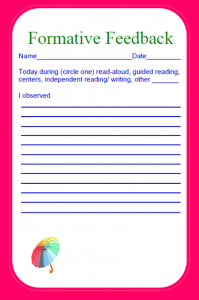 Allows teachers to record observations of students’ literacy skills during class and provide feedback for students and parents.
Allows teachers to record observations of students’ literacy skills during class and provide feedback for students and parents.
How to implement in the classroom:
Formative assessment and feedback needs to be ongoing and continuous if you are measuring the developmental level of a student with fidelity. These pads can be used to include anecdotal information, quick assessment checks, observations, concerns, etc. You may want to send one home to a
parent (make and keep a copy for your files) acknowledging a student’s fine contribution or perhaps a friendly note to have them work on a particular skill with their child.
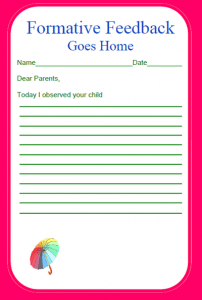
Close Reading Account For Students
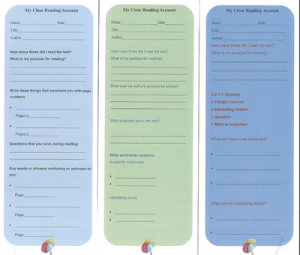 These forms guide students in documenting and becoming more aware of their close reading skills. Forms are available in three levels: Primary (Dark Blue), Intermediate (Green) & Upper Grades (Light Blue). In response to the need to shift instructional strategies to highlight close reading, we have developed a close reading kit which includes the three levels of reading forms. This kit grew out of concern about how to document students’ close reading and is meant to be an active tool that students use during guided reading, independent reading and writing, and in the language and literacy centers.
These forms guide students in documenting and becoming more aware of their close reading skills. Forms are available in three levels: Primary (Dark Blue), Intermediate (Green) & Upper Grades (Light Blue). In response to the need to shift instructional strategies to highlight close reading, we have developed a close reading kit which includes the three levels of reading forms. This kit grew out of concern about how to document students’ close reading and is meant to be an active tool that students use during guided reading, independent reading and writing, and in the language and literacy centers.
My Close Reading Account Intermediate Level
